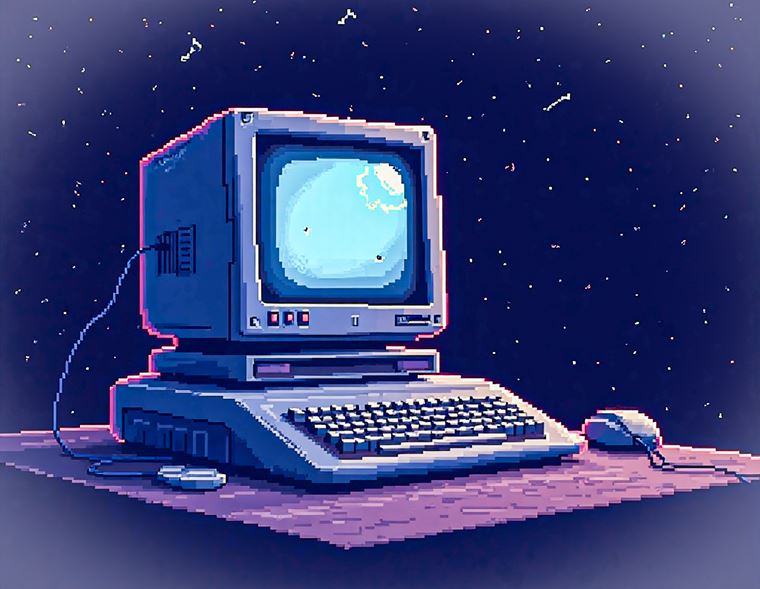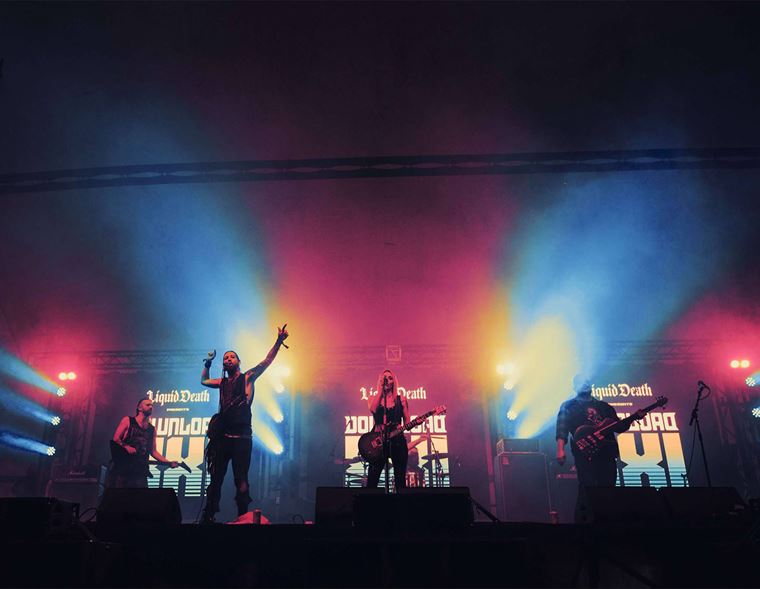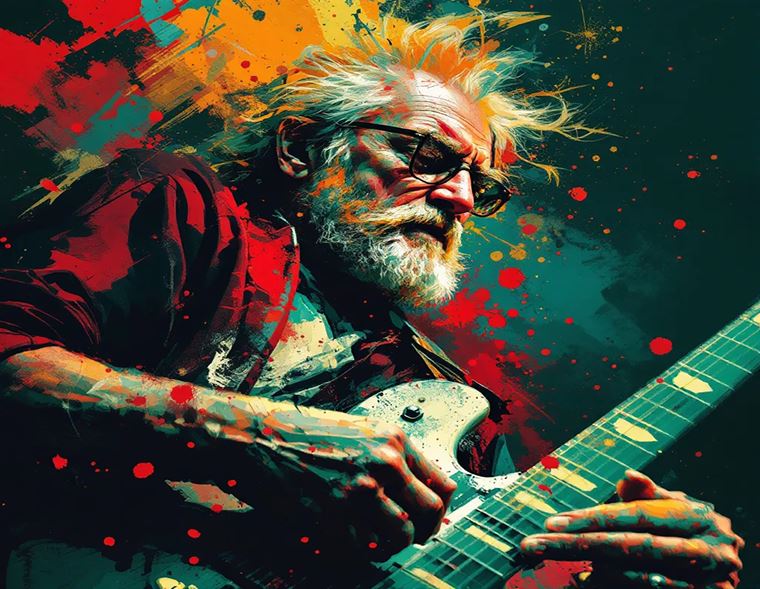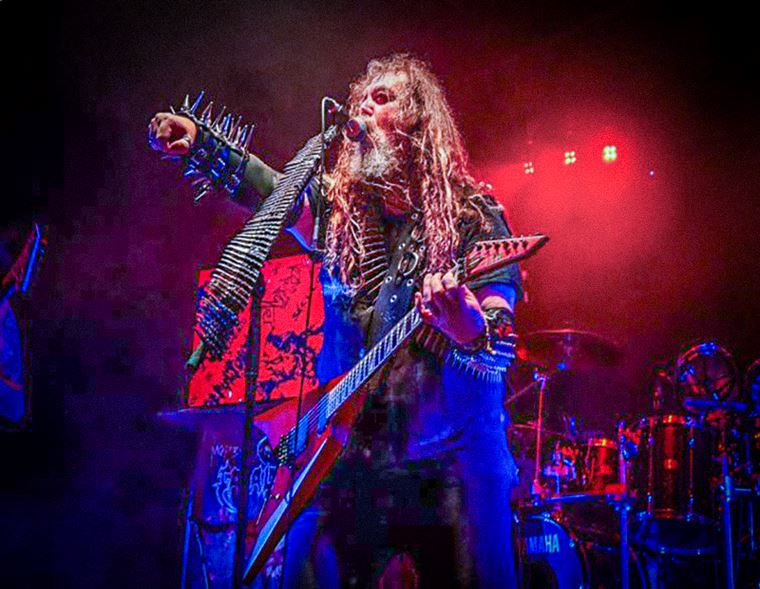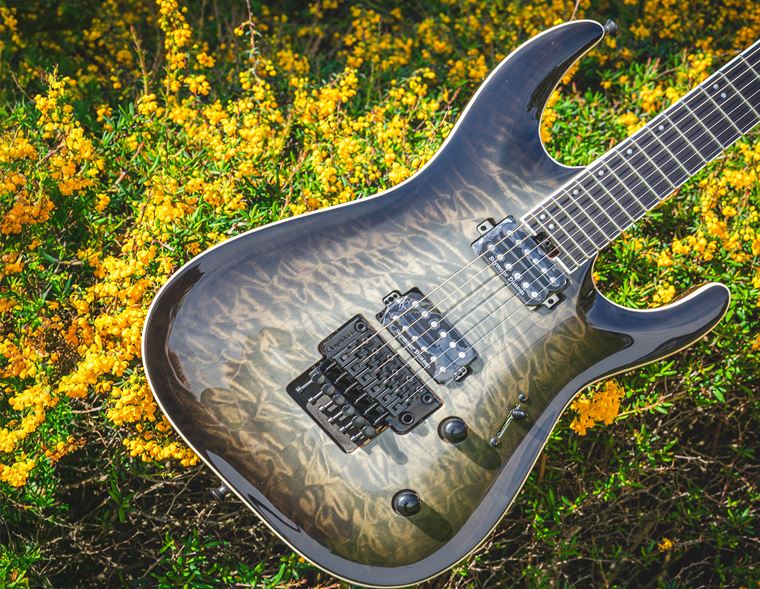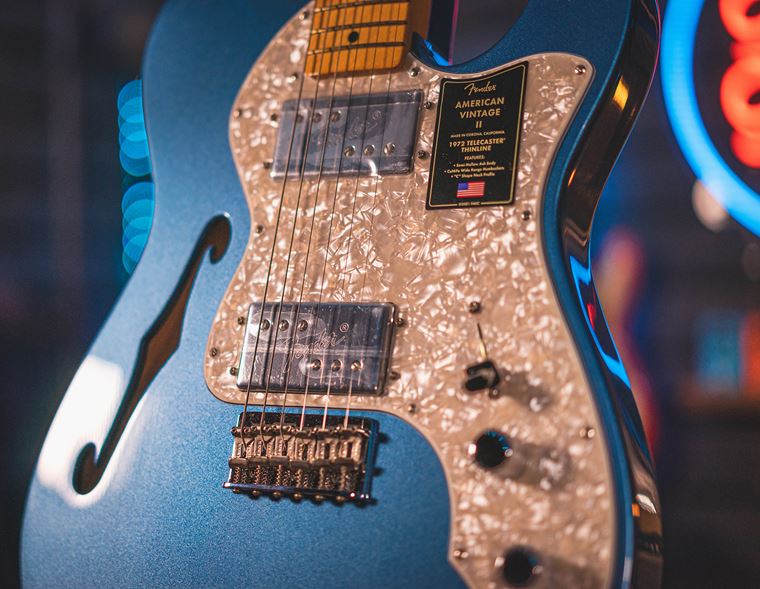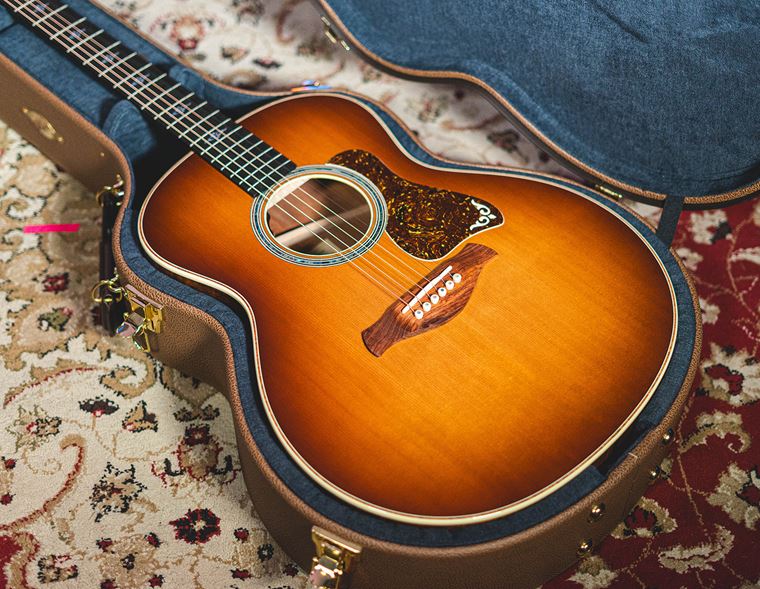A Brief History of Yamaha Synthesizers
Yamaha synthesizers are among the best known and most influential of all keyboard instruments. Part of the ‘big three’ - along with Roland and Korg - Japanese synth makers, their designs, innovations and output has majorly shaped the face of popular music.
Today, I’ll take you through a brief timeline of keyboards and music, starting from 1974 and finishing today. We’ll stop in at all of the most famous Yamaha synth models and say hello to some classic music made by these along the way.

Now, this is a brief history, folks! I’m breezing through the decades here like it’s nothing, when in fact, Yamaha has quite a complicated history with keyboards that goes way back earlier than the early seventies. There’s maybe not the scope to get heavily into the details here, but the beauty of it is that you can start here for an overview and then jump down the rabbit hole at whichever areas interest you in particular.
So, let’s start somewhere before 1971…
Chapters
The GX-1, and Some Horrifying Calculations
The CS80 (and lesser CS models)
Yamaha DX7: The World’s Favourite Synth
After the DX7 - Sampling and Workstations
The Yamaha SY-1
Yamaha’s first synth was the monophonic SY-1, which in itself is a strange thing. Why? Because, as a company, they’d been producing polyphonic instruments since the late 50s, with their sub brand Electone releasing the organ-like D-1 in 1959. This could do 8 note polyphony, which is archaic by today’s standards (your iphone can do hugely more) but was nonetheless an important step.

The SY-1 debuted in 1971, alongside some classics from other brands such as the famous ARP 2600 with its large patch bay. The Yamaha SY-1 looked more like the organs it had descended from, and made sounds that weren’t perhaps as sophisticated as what would come next. There was, however, an important innovation here: touch control. Today, we’d call it velocity control or velocity sensitivity, but the whole notion of varying a sound based on how hard or soft somebody struck a key was a huge way of opening up expression within these machines, back in a time when some musicians didn’t actually take synthesizers seriously!
The GX-1, and Some Horrifying Calculations
Later in the 70s, Yamaha's supremely influential CS range of synths emerged. They were huge game-changers, and - like the SY-1 before them - bore the hallmarks of what they came from. The CS models were still slightly organ-like in appearance, and had in fact spawned from the crucifyingly expensive GX-1, which also weighed THREE HUNDRED KILOGRAMS (that’s 64 Les Pauls, okay??) and had a stool built into its chassis. It was fine if you were Keith Emerson, but less so when you didn’t have roadies and thousands of paying fans.

The CS - it stands for Control Synthesizer - range took the circuits, filters and synthesis style from that behemoth and poured as much as they could into a range of CS synths that were relatively portable and significantly cheaper. Now, let me put some perspective on this: affordable is very relative. The flagship CS model - which I’ll hyperventilate about in just a second - cost 1.28 million yen in 1977. My quick and possibly erroneous calculations land that at about ten grand in adjusted British money. Now, compare that with the seven million yen you’d need for a Yamaha GX-1 - that’s nearly £70k for a keyboard.
Let that sink in.
Weight-wise the CS80 was hardly portable at 82kg. Using my comparison metric of an average GIbson Les Paul Standard, that makes this ‘lighter and cheaper’ synth weigh the same as EIGHTEEN LES PAULS. Forgive the capitals, but some guitarists complain about the weight of one solitary Les Paul! Imagine having to cart even one of these keyboards to rehearsals and gigs? We don’t know we’re born, these days!
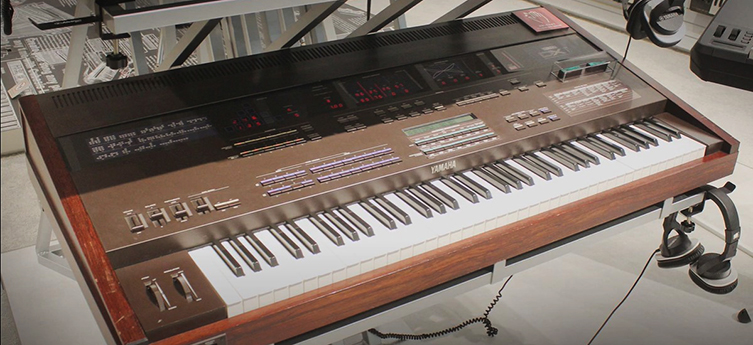
The CS80 (and lesser CS models)
So, the GX-1 was scandalously expensive and heavy, and so Yamaha created the CS range to be still shockingly heavy and dear, but significantly less so. Fine.
But why do people like me still bore friends who don’t care about the subject with facts and trivia about the Yamaha CS keyboards? Well, the simple answer is because, almost 50 years later, they still have an objectively incredible sound that every subsequent synth/keyboard/plugin etc has wanted to copy, at least in part.
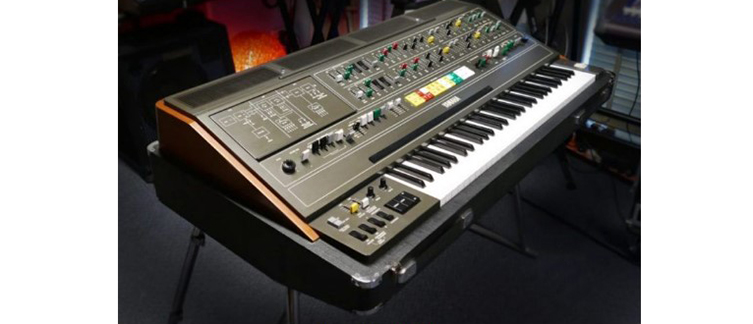
The Yamaha CS80 in particular has a hold over the synth-playing community. It’s the stuff of legend, really: we’ve seen it on stage with Kate Bush, for example (no luck to the TOTP crew who had to lug that thing into the studio):
We’ve seen it being used by pioneers like Peter Gabriel and crowd pleasers like Toto; most of all, we’ve heard the pioneering, skyscraping sounds of Vangelis, who is probably the most famous proponent of the CS80. His preference for the ‘brass’ presets (those colourful button rows along the front served up the preset tones) along with his expressive use of the ribbon controller (the black strip just underneath those preset buttons) brought the synthesizer out of it’s robotic micicing of sounds and into its own as a legitimate and highly ‘human’ sonic experience.
The Blade Runner music gets shared a lot in relation to the CS80, but there’s a reason for it: in the hands of Vangelis, those futuristic textures have never sounded so heavenly.
So, what of the other CS synths? There was a CS50, which was still an analog polysynth and still had its basis in the GX-1 and Electone models. It had 4 voices of polyphony, compared with the 8 notes available on the CS80. A CS60 model sat in between with 8 notes of polyphony but less real time control than the CS80. There were actually loads of CS models released from 1977-80, though none have the reputation nor fetish value of the CS80.

As great as they are/were, the Yamaha CS synths were bulky and expensive, and as the 80s progressed, new technology emerged to usher in a bright, digital dawn…
Yamaha DX7: The World’s Favourite Synth
It’s a little bit hyperbolic to call the Yamaha DX7 the world’s favourite synth, but it certainly sold enough and appeared on enough songs to merit its reputation as one of the best loved and best known keyboards in history. There is a statistic out there which states that something like 40% of all number one tunes in 1986 featured a DX7, and I do not doubt that for a second!
Digital synths existed prior to the DX7, but it was the price and the weight of it that made it so popular. The DX7 featured a different way of creating sounds, too. Previous synths used subtractive synthesis, which meant starting with a waveform (sine wave, saw wave etc) and then sculpting out a sound by removing parts: if you wanted a string sound, for example, you’d start by having the initial ‘attack’ of the not fade in just like a bowed string.
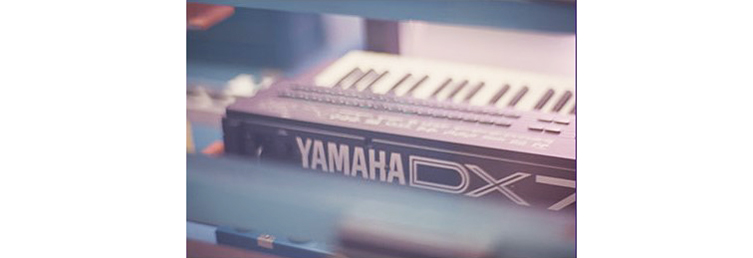
The DX7 didn’t do this - instead, it used Frequency Modulation (FM synthesis for short), achieved in this case with digital chips, to create all manner of sharper, twinkling, bell-like sounds that weren’t possible on previous types of synth.
The concept of FM synthesis had been around for a while, but this was the first time it had been used in a mass production keyboard. Despite being an absolute pig to program (I honestly don’t know anyone who can), the preset sounds onboard the DX7 are like instant time machines to the 80s when you hear them today.
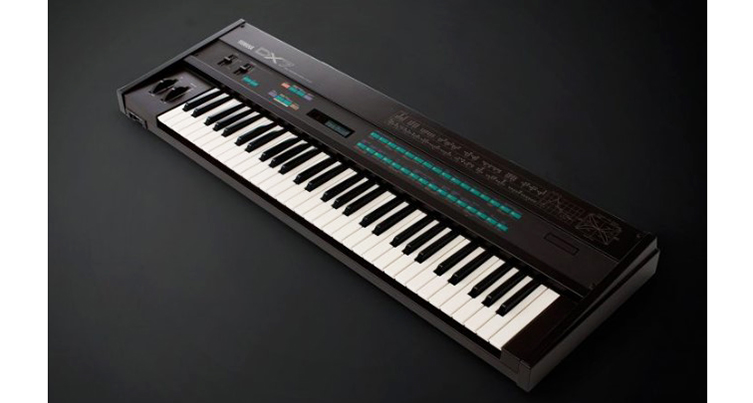
Like the CS range, there were multiple DX keyboards released in the 80s (DX9, DX1, DX5 etc) but history remembers the DX7 is the classic model.
After the DX7 - Sampling and Workstations
Like all massively popular things, there comes a backlash. The DX7 ruled from 1983 until 1989, but as the 90s dawned, those sounds began to sound very dated. Nowadays they are rightfully recognised as classic synth tones, but I suppose we all needed the distance of time to appreciate them. Nostalgia isn’t what it was, etc etc!
The late 80s saw sampling work its way into the keyboard world in a significant way. Not sampling the way you might think, but a process of combining an initial sample of a sound, and then mixing that with some layered waveforms to create some very realistic sounds. We first saw this in 1987 when Roland released the D50 keyboard, followed by Korg’s iconic M1. Yamaha brought the SY77 in 1989, bringing the 80s to an end with exciting new technology.

The 90s saw a surprising lack of stone-cold classic synths from Yamaha (apologies to those who disagree here!), with the company focusing on more consumer-level home keyboards. There were some fresh models like the CS1x and the CS2x, which merged the worlds of home keyboard and performance synth, but they were hardly on a par with the DX7 or CS80.
The turn of the century brought us the Motif series of professional workstations, similar to the types of instruments offered by competitors Roland and Korg. Workstations are keyboards that mix in synth elements, sampled instruments (‘real pianos’ etc) and arranger sections for creating and paying back complex groups of sounds. Workstations were designed for both composers and live keys players, mainly to help solidify racks of equipment into one multifunctional device. It’s nothing new these days, but it’s worth remembering that workstations haven’t been around forever! Yamaha were actually relatively late to the game with them, but the ones they have made are known as some of the best.
Moby used a Yamaha SY22 on classic tracks like Porcelain
Modern Era
In the last few decades, Yamaha’s output has been a mix of workstations and performance keyboards (The top end Montage range and the mid-priced MX & MOXF ranges are the main players) and interesting new synths based somewhat on past glories. I’m specifically talking about the Reface range, which are a group of four newly-designed mini keyboards based on historical models. For example, the Reface CS is loosely based on the CS range (I’d stress that it is not a portable CS80, sadly) and the Reface DX is based on the DX7. Each model has controls and styling specific to its inspiration, and are legitimate instruments in their own right. Small enough to sit on top of a bigger synth or slide into a side pocket of a gig bag, these portable powerhouses are enormous fun, and a serious proposition for players of all backgrounds.
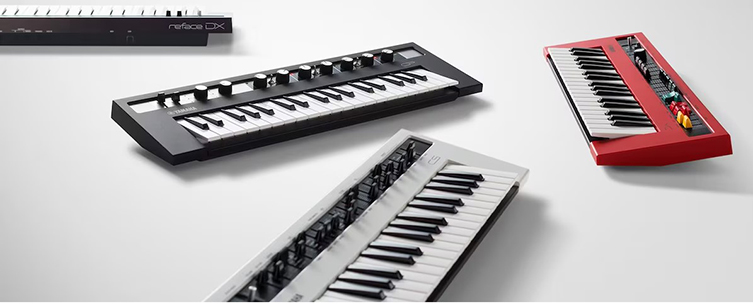
A notable inclusion would be the Yamaha MODX (mod-ex or mo’ DX? You decide), which absolutely tips its hat to the seminal ‘analogue synth killer’ the DX7 without overtly referencing it. Like a slimmer-back Montage, the MODX actually retains loads of the cutting edge features of it’s larger sibling, along with a very cool Motion Control knob, which to you and I is a big light-up control knob that can adjust lots and lots of parameters at the same time. Aces!
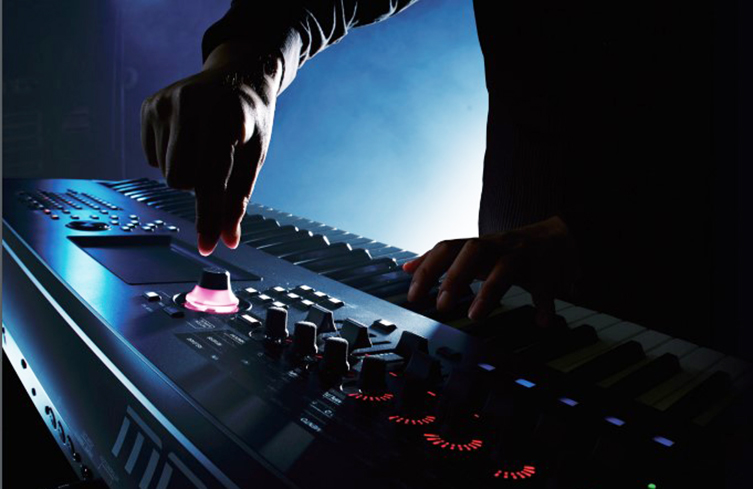
There are also the arranger keyboards, which fall somewhat outside the subject of synthesizers in my opinion. Arranger keyboards are more based on samples, processing and sequencing than synthesis, and are for entertainers who need semi-controllable, semi-automatic backing tracks. Yamaha have offered these for many years, with the current apex being their Genos keyboards, which have taken over from the famous Tyros series.
So, Yamaha today is a company that is as forward-thinking as ever, with a tiny bit of looking back now and then to the immense shoulders upon which it stands, rather as they are with their Revstar range of guitars.
What’s next? Good question. A reissue of the CS80? One can but hope (though I doubt it). Whatever they do, we’ll be close behind and I’ll give you a full report, so keep an eye on the gg site for news on new Yamaha synth equipment!
Browse our Selection of Yamaha Synthesizers
(All pics (C) Yamaha)


